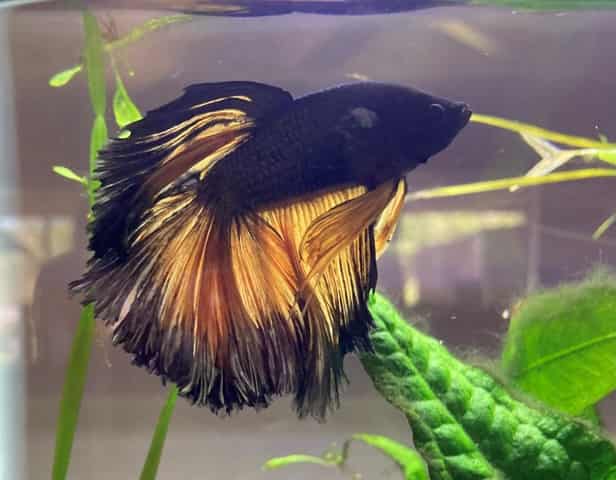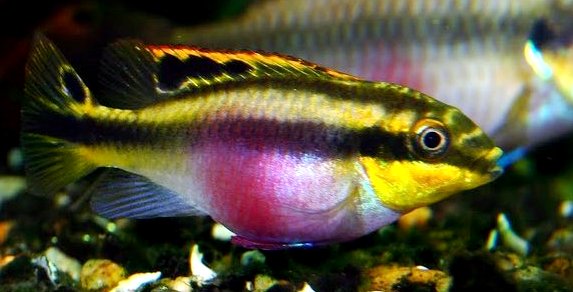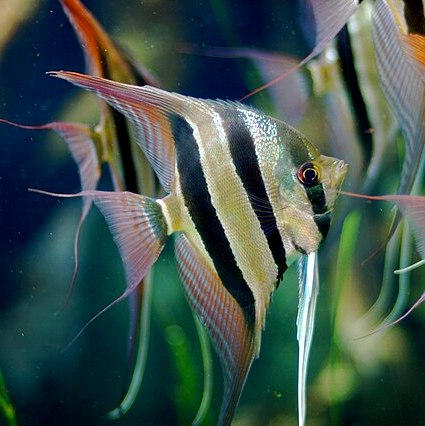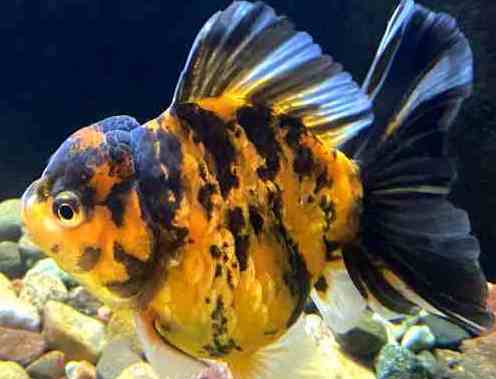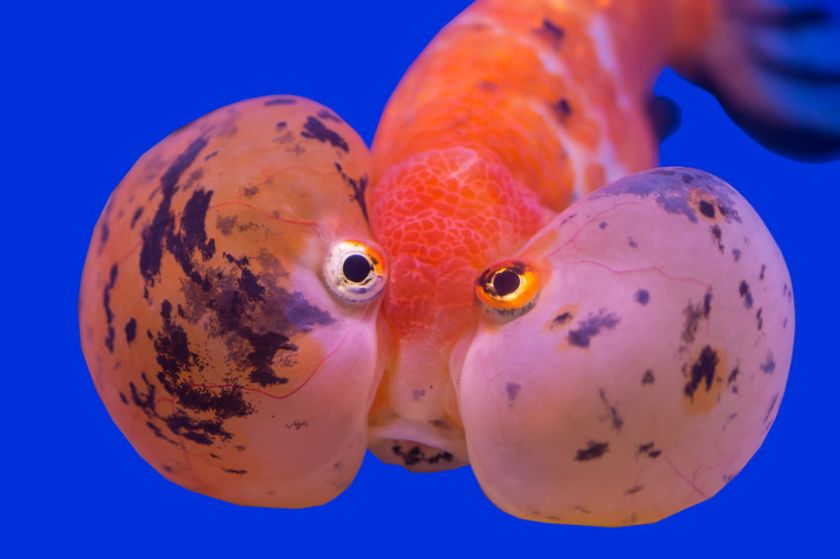Sudden Fish Death Causes and Cures
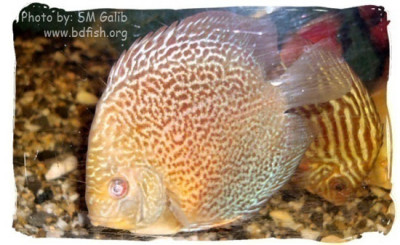
Sudden Fish Death
Aquarium fish die even in experienced hobbyists’ tanks. If you’re new to the hobby, some of your fish are going to die. This article will discuss what causes fish deaths in an aquarium, especially small or nano aquariums, and how to minimize or eliminate those deaths.
The way to look at fishkeeping is having a small cube or rectangle of water in your home with fish living in it. In the wild, fish have extensive areas to live in (compared to an aquarium). Nature is very good at minimizing fish deaths not caused by predation. Eliminating waste and disease is accomplished simply by “washing” the fish and their environment with the natural water flow in the streams and rivers that fish live in.
Keeping fish in a small container in your home is an amazing feat. It is a wonder we can do it at all.
This article will discuss why the fish in your aquarium are dying and how to stop it.
Below are the four main reasons for sudden fish death in your aquarium and what you can do to stop it.
Stress
The main reason for sudden fish death is stress.
Poor tank management, which can come in several forms, causes stress. There are many forms of poor tank management. Here are a few examples:
* Not cleaning the aquarium often enough.
* Having too many fish in the aquarium (overstocking).
* Lack of or too little water filtration.
* No aquarium heater, or a heater that is not functioning correctly.
How to stop fish from dying of stress.
The way to reduce stress is to become a more knowledgeable fishkeeper and cultivating a desire to change how you are maintaining fish aquarium.
You will need to self-educate a bit. The best way to do this is to visit social sites dealing with aquariums, fishkeeping forums, and watching YouTube videos that were created on freshwater fish care. Learn and then apply what you’ve learned.
When you apply what you’ve learned, you’ll see fish deaths drop dramatically.
———————-
DIY – How To Grow Your Own (Sometimes Really Gross) Live Foods For Your Freshwater Fish
Neglect
Neglect is another negative element that kills aquarium fish.
Like stress, neglect sits squarely on the shoulders of the fish keeper. That said, I’m sure that most new hobbyists don’t mean to neglect their aquarium inhabitants.
Neglect takes several forms. Here are a few:
* Not changing the tank water often enough.
* Forgetting to feed your fish.
* Failure to cycle your aquarium before adding inhabitants.
* Not covering your tank until after one of your fish jumps out.
* Buying a tiny plastic aquarium for the kids and then not overseeing how the kids care for the fish.
I will say that even experienced hobbyists will occasionally neglect their fish, if only by accident. For example, I put a “wave maker” (used in reef aquariums) in my 30-gallon tank to increase the water flow, hoping this would reduce algae from accumulating on the plant’s leaves. This sounded good, but the vents on the side of the wave maker that allowed water in were big enough to allow small fish to get in. Two fish would meet their end in the impellers before I fixed this. I still feel bad about that.
Neglect can also take the form of a fish dying in the tank and not knowing it happened. A huge ammonia spike can come from dead, undiscovered, decomposing fish. Ammonia is toxic and kills fish quickly, sometimes before you’ve had a chance to see that there was a problem.
Neglect can also mean changing the water but not using aquarium water conditioner to eliminate chlorine or chloramine. Failure to not condition the water can lead to dying fish. Chlorine or chloramine is almost as bad as ammonia. Your water company adds these chemicals to your water to kill bacteria. This gives you an idea of why you don’t want free-floating chlorine and chloramine in your aquarium.
On the other side of the coin, not changing out water enough allows diseases to get a foothold on your fish. Once a fish becomes ill, it can be challenging to get them well again.
As part of your hobby, reduce nelgect by become a better fishkeeper. Your aquarium will look even better and your fish will thank you.
Question about neglect: “Can dying or dead plants kill my fish?” Answer: Maybe, but probably not. If you’ve stuffed your aquarium with living plants and they all die because of your neglect, and then you don’t clean the tank and you let the plants rot, yes, that will kill fish. The process of a huge amount of plants rotting will lead to an ammonia spike. That said, this is super unlikely. Most regular aquarists don’t have that many plants in their aquarium.
So I’m going to say, no, under normal circumstances, dying plants won’t kill fish.
Keeping fish can be costly, but there's a great way to offset those expenses.
Consider creating your own website, just like I did with this one! I advertise Divi website creator, but you could place other ads on your website.
I've used Divi Wordpress website builder to build this site, and it's incredibly user-friendly. With its drag-and-drop interface, creating your own website becomes a breeze.
Simply tap this box to get started and see how easy it is to create a website with Divi.
The cost is $89/year. This is less than the cost of buying 3 discus fish. Divi comes with a 30-day money back-guarantee. Try it at no risk.
Take this box to visit the Divi website to learn more. The link opens in a new window.

Video: How to place Divi onto your WordPress Website.
Video I made: How to easily create a homepage using Divi.
Overfeeding, Especially Flake Food
Overfeeding flake food can kill fish.
There are three reasons for this:
1. Overeating caused by overfeeding causes fish to die because eating too much food can potentially cause internal damage to your fish. Given enough time and food, the fish dies.
2. Another problem with overfeeding is that it allows a lot of wasted food to hide in cracks and crevices. Rotting food can be a food source for bad bacteria. Diseases that a fish might normally fight off now cause your fish to die. This happens because the bacteria load in the aquarium is too high.
3. Overfeeding can also cause an ammonia spike. Ammonia is a transitory by-product of the aquarium nitrogen cycle. Even though ammonia is a naturally occurring chemical in an aquarium, in abundance it kills fish. This “abundance” happens because of uneaten food rotting.
Here are three ideas on how to decrease the amount of fish food, including flake food, you’re giving to your fish.
These suggestions are:
* Take out the normal amount of food you would give your fish, then put half the food back. Give the rest to your fish.
* Every other day, feed your fish one time during that day. If you normally feed in the morning and evening, feed only in the morning every other day.
* Once a week, give your fish a 24-hour fast. I do this on Sundays. This clears out the fish’s innards and reduces wasted food in your aquarium.
You want your fish to be “lean, mean, and healthy,” and these are good ways to help that happen.
Disease
If you are mindful of your fishkeeping, it’s fairly unlikely that your fish will get sick, but under certain conditions, it can happen.
Fish become ill for two reasons:
1. Poor tank conditions leading to a buildup of bacteria that end up killing the fish. Imagine if you lived in squalor vs. living in a clean home. Living in dirty conditions would leave you open to diseases that you normally wouldn’t get. I’ve discussed this earlier in this article.
2. Buying new fish and then immediately adding those fish to your main aquarium without knowing if the new fish are disease-free.
Let’s be honest: most pet shops are not good fish keepers.
Their philosophy is, “Ship the fish in, sell the fish, and move them out as fast as possible.”
In fact, if you go into most pet or fish stores right when they’ve opened, there is a chance you’ll see dead fish in their aquariums that died the night before. This is not a pretty sight.
Imagine you buy new fish, take them home, and dump them in with the rest of your fish, not understanding that the new fish are carrying diseases they got at the pet store. A few days later, all the fish in your aquarium are getting sick and dying. It’s a fish pandemic.
To keep from giving all of your fish “pet shop” disease, you’ll want to have a quarantine tank set up and running. Usually a cheap 10-gallon with a lid, a heater, and a filter will work.
Now, instead of dumping your new fish in with your other fish, you dump them in the quarantine tank (QT). You let your new fish rest in the “QT” for a couple of weeks. If they get sick, you can get them well without disturbing your regular tank.
When you’re sure the QT fish are happy and healthy (after perhaps a week or two), then you can place them in the main aquarium.
What if your new fish aren’t well? You own them now. It’s your job to get them better.
How do you do that?
How to (usually) cure your sick fish, naturally, without using chemicals:
I’ve never had good luck using chemicals to cure fish disease. I will say that under some circumstances, chemicals can cure some fish diseases.
The very best, almost miraculous, way to cure sick fish is to do massive, daily water changes.
To do this, take out enough water so that the fish are lying on the bottom of the tank in just enough water to cover them. Refill the tank with freshwater that’s the right temperature and that you’ve conditioned with “aquarium water conditioner” to remove chlorine and chloramine.
In three days you’re going to think, “Wow, they’re better already! I can stop doing the water changes.”
Nope, if it were my tank and my sick fish, I would do massive water changes for at least seven days. More days if needed, of course.
Be aware that not all fish diseases can be cured. A couple of supposedly incurable diseases include fish tuberculosis. Fish tuberculosis is by far the most common bacteria in aquariums. Fish TB symptoms include the fish swelling and terrible sores around the mouth.
Neon Tetra Disease is another apparently incurable disease. Symptoms of Neon Tetra disease include loss of coloration, cysts forming on the body, and deformation of the spine, followed by death.
I haven’t yet read of someone curing neon tetra disease. In regards to fish tuberculosis, Diana Walstad had good luck using UV sterilizers as indicated in this article. Diana’s articles can be challenging to read but are packed with information on fishkeeping problems and successes.
So, stress, neglect, overfeeding, and disease will kill the fish in your small aquarium. To stop this from happening, just take a few steps that an experienced fishkeeper would take: be a bit more mindful (aware) and self-educate. Your aquarium will be more attractive for the effort.
Questions similar to “Why Are The Fish Dying In My Small Or Nano Aquarium And How Can I Stop It?”
Question: “My fish started dying after I changed the water. Why did this happen?”
Answer: It is likely that you didn’t condition the water you put back into the tank, therefore dumping a bunch of chlorine or chloramine into your tank. Your water company adds chlorine and chloramine to your tap water to kill bacteria. These chemicals also kill fish. If you did condition the water, then it is possible that your water company “super dosed” the water, and your conditioner couldn’t fix such a large amount of chlorine or chloramine.
Question: “Which freshwater aquarium fish is the hardest to kill?”
Answer: In my opinion, there are two fish that I think are hardest to kill. I base these choices on my experiences. I’m sure other experienced hobbyists will have other answers.
-
- I’ve had extremely good luck keeping plecostomus fish. There is a huge selection on eBay. Types you’re not going to see in your fish store.
- I will also say bettas. In the wild, betta fish can be found growing and breeding in very poor conditions, for example, stagnant ponds, rice fields, and even large puddles of water during the monsoon season. If they can survive these conditions, they’ll survive in your aquarium.
- I’ve had extremely good luck keeping plecostomus fish. There is a huge selection on eBay. Types you’re not going to see in your fish store.
Question: “Which freshwater aquarium fish is the easiest to kill?”
Answer: I’m going to name three fish that are easiest to kill.
I’ve had poor success with neon tetras and cardinal tetras. If you do research on these fish, you’ll find a lot of information saying they’re hard to keep alive, despite how common they are.
I have also read that discus fish are challenging. They require warmer than average temperatures and pristine water. I’ve read articles that talk about breeders in Asia doing 90% daily water changes in their discus tanks, just to keep the fish healthy.
I’ve kept discus. My success rate was poor.

